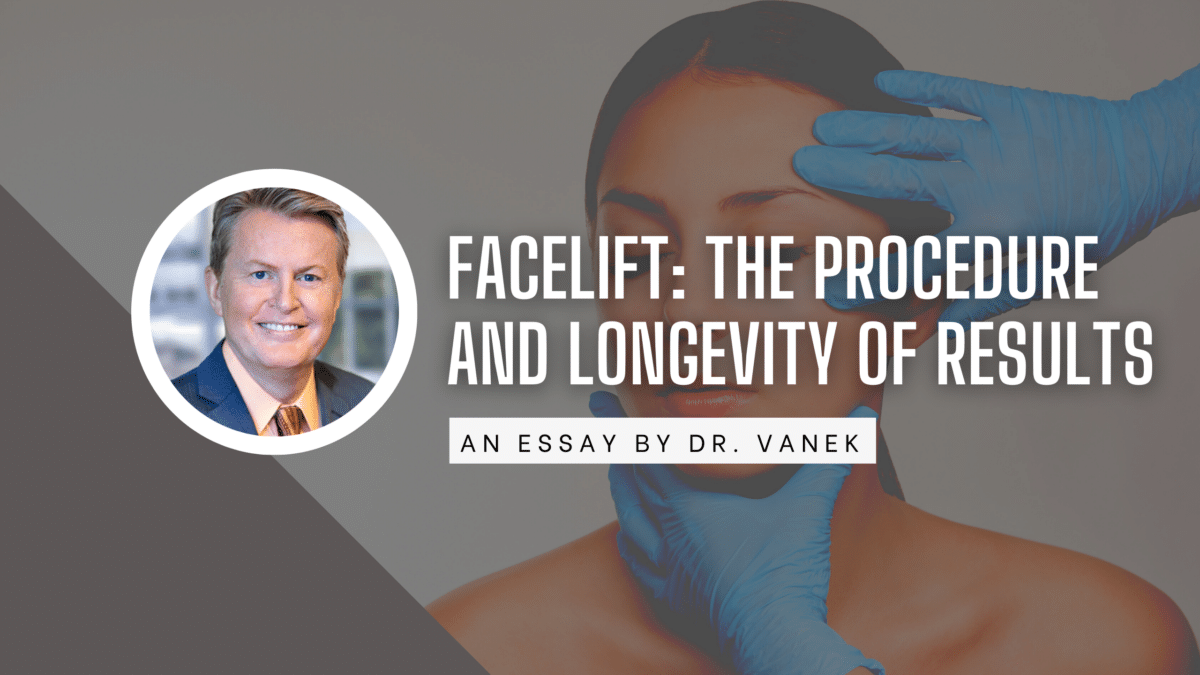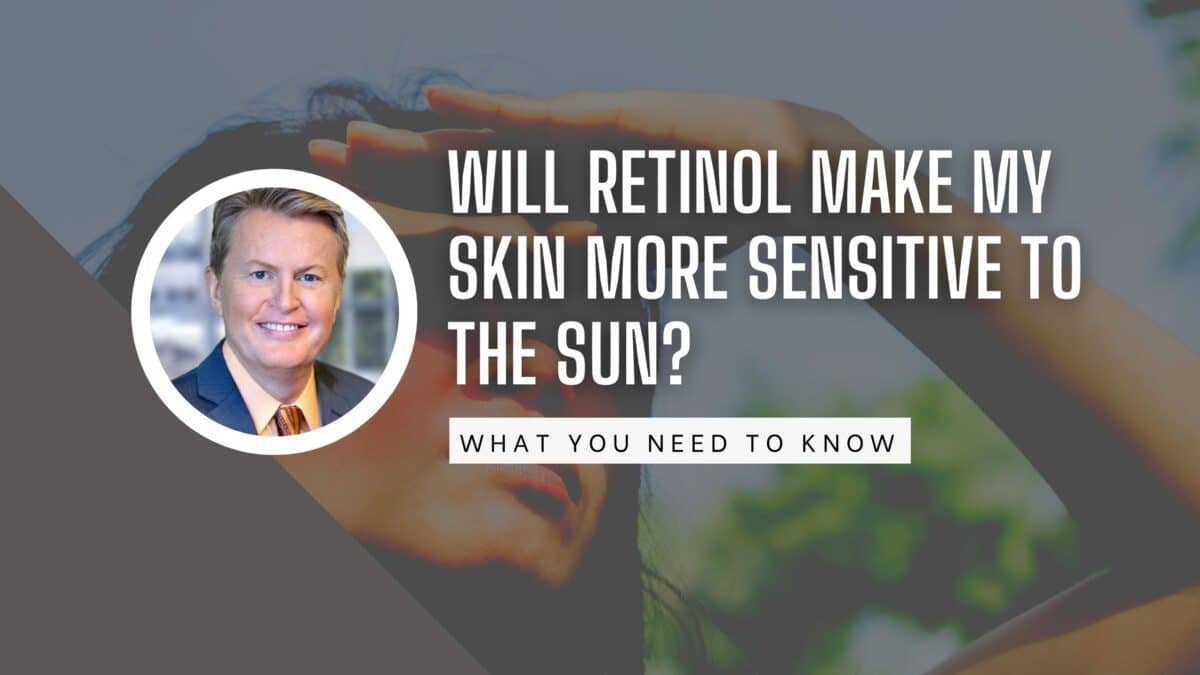Facelift: the Procedure and Longevity of Results
Summary:
- This procedure is a great cosmetic surgical procedure that rejuvenates the face and reduces visible signs of aging.
- This blog explores the details of facelift surgery, including its purpose, procedure techniques, the recovery process, and the longevity of its results.
- Discover how Mentor Plastic Surgery and Medspa offer exceptional facelift procedures tailored to individual needs and provide natural-looking and long-lasting outcomes.
- Regain a youthful appearance and boost self-confidence with the expertise and personalized care of our experienced plastic surgeons.
Are you seeking a solution to address the visible signs of aging on your face? Over time, factors such as sun exposure, gravity, and the natural aging process can lead to the development of wrinkles, sagging skin, and loss of facial volume. However, modern advancements in plastic surgery offer an effective solution: the facelift.
In this blog, we explore the intricacies of this surgery, including its purpose, techniques, recovery, and the duration of its remarkable results.
At Mentor Plastic Surgery and Medspa, our skilled plastic surgeons deliver personalized care and natural-looking outcomes, allowing you to regain a youthful appearance and boost your self-confidence.
What is a Facelift?
A facelift is a cosmetic surgical procedure designed to address visible signs of facial and neck aging. It involves tightening underlying facial tissues, removing excess skin, and change fat deposits, resulting in a more youthful appearance. A facelift can target various areas, including the cheeks, jowls, neck, and jawline, providing comprehensive facial rejuvenation.
Facelift Techniques:
- Traditional Facelift: This technique involves making incisions along the hairline, extending around the ear, and sometimes into the scalp. It allows for comprehensive correction of sagging skin and tissue in the mid-face, jowls, and neck.
- Mini Facelift: Ideal for individuals with mild to moderate signs of aging, the mini facelift utilizes smaller incisions and addresses specific areas of concern, such as the lower face and jowls.
- Neck Lift: Often combined with a facelift, a neck lift explicitly targets excess skin and muscle bands in the neck area, resulting in a smoother and more defined neck contour.
Recovery Process:
After the surgery, patients can expect a period of healing and adjustment. The immediate post-operative period may involve swelling, bruising, and discomfort, which are typical and temporary.
Dr. Paul Vanek will provide specific instructions on caring for the incisions, which may involve keeping the head elevated, applying cold compresses, and taking prescribed medications to manage pain and minimize swelling.
It is essential to follow the surgeon’s post-operative guidelines diligently, including any restrictions on physical activity and the use of facial products. During the recovery period, it is normal to experience tightness and numbness in the facial area, but these sensations gradually improve over time.
Patients should plan for adequate rest and allow their bodies to heal naturally, keeping in mind that the complete recovery process may take several weeks to a few months. Regular follow-up appointments with the surgeon will be scheduled to monitor progress, address any concerns, and provide guidance on resuming normal activities and skincare routines.
After a facelift procedure, following post-operative guidelines is essential to ensure proper healing and optimize results. Here are critical aspects of the recovery process:
- Bandages and Dressings: Immediately after the surgery, your face will be wrapped to minimize swelling and support healing. These dressings will be removed the next day.
- Swelling and Bruising: Swelling and bruising are normal after a facelift and gradually subside over several weeks. Applying cold compresses and keeping your head elevated can help minimize these effects.
- Medications and Pain Management: Your surgeon may prescribe pain medications and antibiotics to manage discomfort and prevent infection. Follow their instructions regarding medication usage.
- Follow-up Appointments: Regular follow-up appointments will be scheduled to monitor your healing progress and remove any sutures or staples.
The Longevity of Facelift Results:
The longevity of a facelift procedure is influenced by various factors, including the surgical technique used, the patient’s age, genetics, lifestyle choices, and overall skincare routine. While a facelift can effectively address signs of aging and provide long-lasting results, it does not halt the natural aging process.
It is important to understand that the face will continue to age over time, but the effects of the facelift can significantly rejuvenate the appearance and provide lasting benefits.
On average, a facelift can provide results that last approximately 7 to 10 years. However, individual experiences may vary. Factors such as skin elasticity, sun exposure, smoking, and general health can impact the longevity of the results. Maintaining a healthy lifestyle, protecting the skin from sun damage, and following a proper skincare regimen can help prolong the benefits of a facelift.
It is worth noting that while the results of a facelift may gradually diminish, many patients find that they still look younger and more refreshed compared to if they had not undergone the procedure.
Some individuals may opt for additional non-surgical treatments, such as injectables or laser treatments, to complement the results of their facelift and extend the youthful appearance.
Regular follow-up visits with the plastic surgeon are crucial to monitor the long-term progress and discuss any potential concerns. In some cases, a touch-up or revision procedure may be recommended in the future to maintain the desired aesthetic outcome.
In conclusion, a facelift can provide significant and long-lasting rejuvenation of the face, effectively addressing signs of aging. While the results are not permanent, the benefits can be enjoyed for several years, allowing individuals to enjoy a more youthful appearance and increased self-confidence.
By adopting healthy lifestyle habits and adhering to a proper skincare routine, patients can optimize and extend the longevity of their facelift results.
The longevity of facelift results can vary depending on various factors, including:
- Age and Genetics: The natural aging process and genetic factors can influence how long your facelift results last. While a facelift can turn back the clock, it does not halt the aging process.
- Lifestyle and Skincare: Maintaining a healthy lifestyle, including a balanced diet, regular exercise, and proper skin care, help prolong the longevity of your facelift results.
- Sun Protection: Protecting your skin from harmful UV rays by wearing sunscreen and avoiding excessive sun exposure prevents premature aging and helps preserve your facelift results.
- Individual Healing: Each person’s healing process is unique, and personal factors such as skin elasticity, collagen production, and overall health influence the longevity of results.
You can regain your youthful appearance and boost your self-confidence with a facelift from Mentor Plastic Surgery and Medspa.
Dr. Paul Vanek is committed to providing exceptional care and delivering natural-looking results with no loose skin. If you’re considering a facelift or have questions about the procedure, we invite you to schedule a consultation with our skilled surgeons.
We can customize a treatment plan tailored to your needs and embark on a journey to a more youthful and rejuvenated you.
Contact us today to begin your transformative experience with Mentor Plastic Surgery and Medspa.







